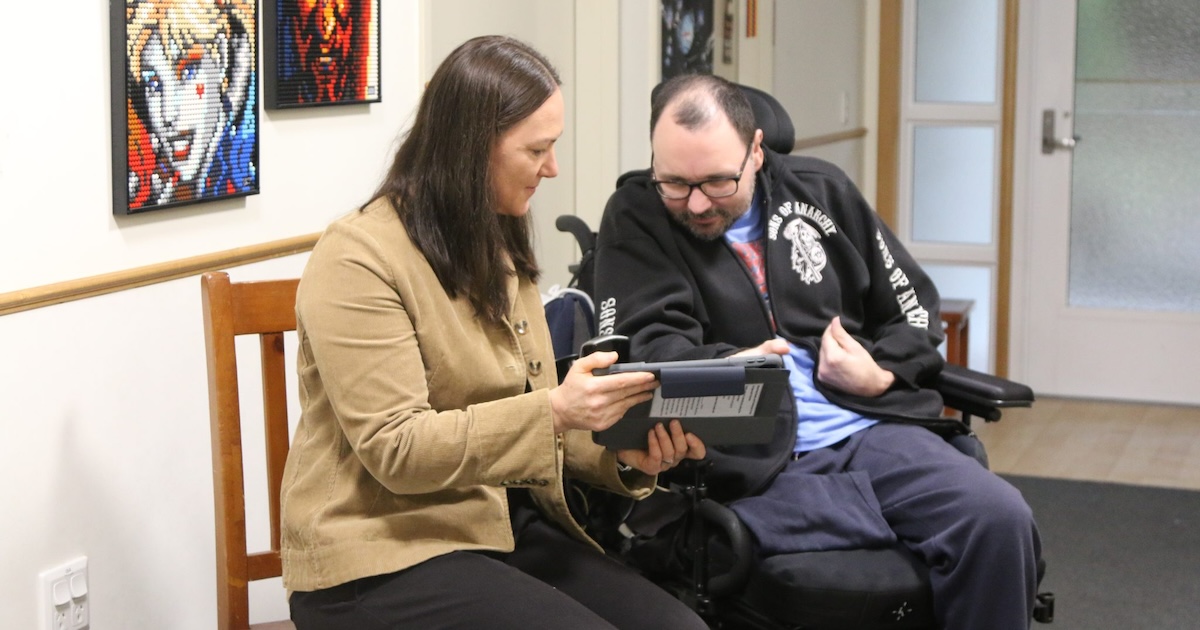WHY IT MATTERS
SCIA provides critical care and support to its members and clients; in the last financial year it managed more than 21,000 customer interactions. Its NeuroMoves exercise program, designed to build health, mobility and independence of people with spinal injuries delivered 23,514 hours of exercise therapy.
By shifting to a telehealth model, SCIA has been able to leverage Microsoft Teams for a number of group sessions and deliver both one-one-one and group therapies for up to three people, helping to preserve the physical and mental wellbeing of its members.
Advice from the NDIS Quality and Safeguards Commission and the Federal Department of Health prompted SCIA to temporarily suspend NeuroMoves’ face to face sessions in late March.
By moving to the cloud, embracing SharePoint for document management and Teams for communication and collaboration, as well as taking voice calls to the cloud and upgrading end user hardware, SCIA created a step change in terms of its digital capability. That transition also paved the way for the operational pivot that SCIA needed to make in the wake of COVID-19.
THE LARGER TREND
With the highly infectious nature of the coronavirus, healthcare organizations and care providers have been turning to telehealth to reduce the burden on health systems, as well as protect healthcare workers while providing patients or clients the convenience and continued accessibility to care.
Chris Mitchell, Executive Director of Information Communications, Hunter New England, said in a recent HIMSS community webinar that “telehealth obviously went nuts in this time (of the pandemic)”, as the requests for telehealth services over Skype and Scorpia surged.
ON THE RECORD
“Our main purpose is to help people with the injury and the conditions and their families thrive. So we provide services around supporting people, in terms of exercise, physiology and physiotherapy. We also look into accommodation and have some short term and long–term accommodation, support people in to meet their goals and ensure care continues throughout this period. We also offer peer support in New South Wales, in the spinal units and in the community nationally, apart from Tasmania and the Northern Territory where it is currently looking to expand its services,” said Dianne Lucas, CEO of SCIA.
